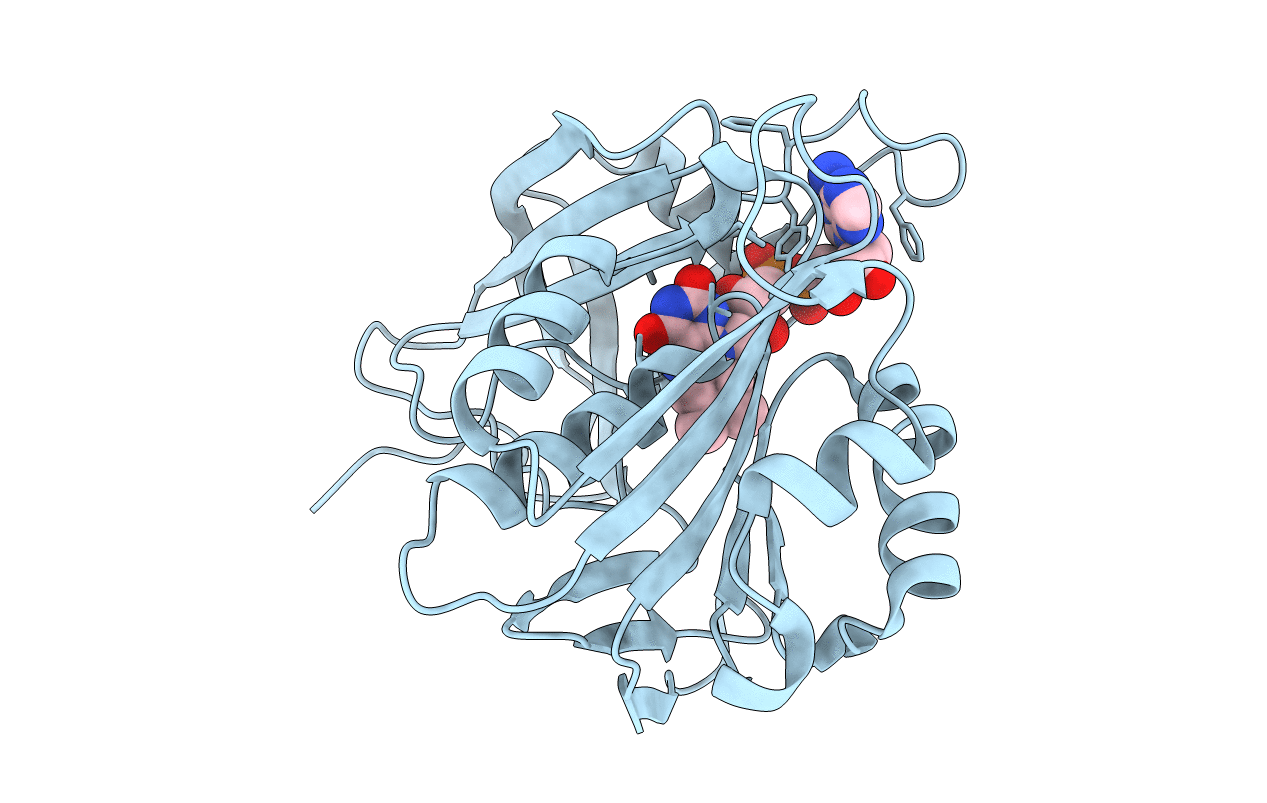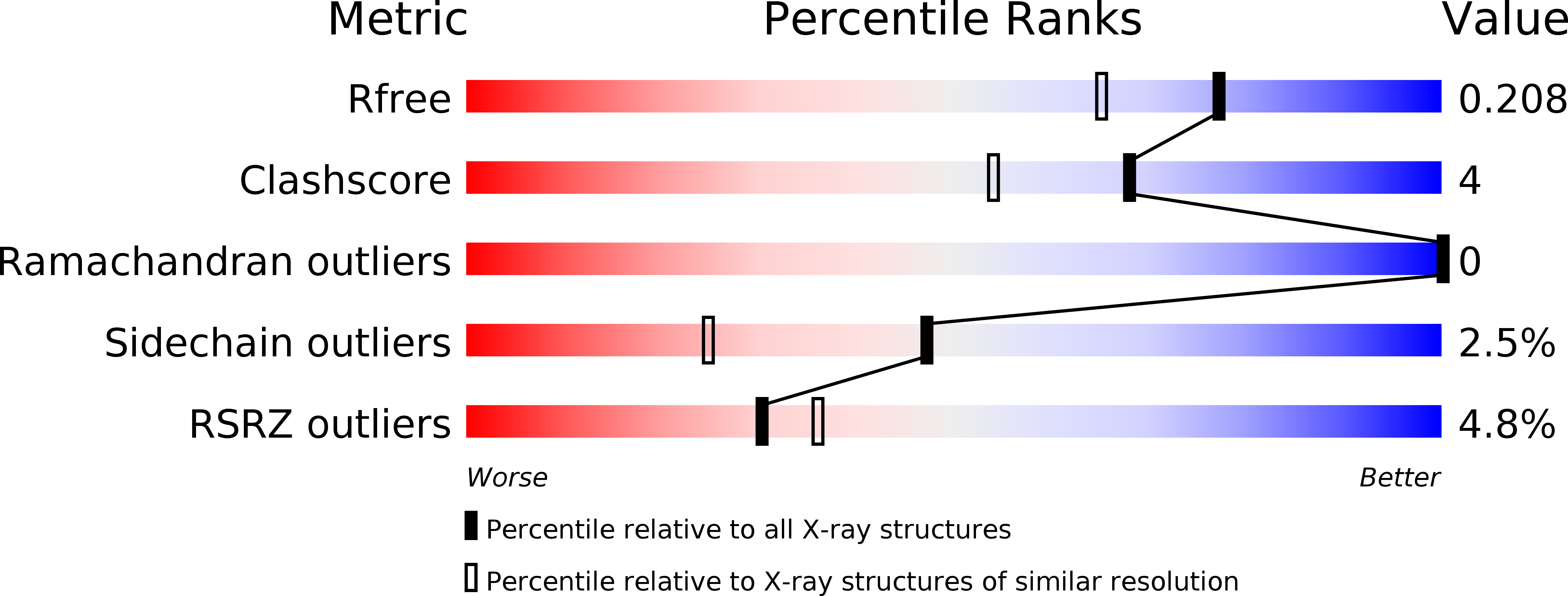
Deposition Date
2003-10-03
Release Date
2004-11-02
Last Version Date
2023-12-27
Entry Detail
PDB ID:
1UMK
Keywords:
Title:
The Structure of Human Erythrocyte NADH-cytochrome b5 Reductase
Biological Source:
Source Organism:
Homo sapiens (Taxon ID: 9606)
Host Organism:
Method Details:
Experimental Method:
Resolution:
1.75 Å
R-Value Free:
0.20
R-Value Work:
0.16
R-Value Observed:
0.16
Space Group:
P 41


